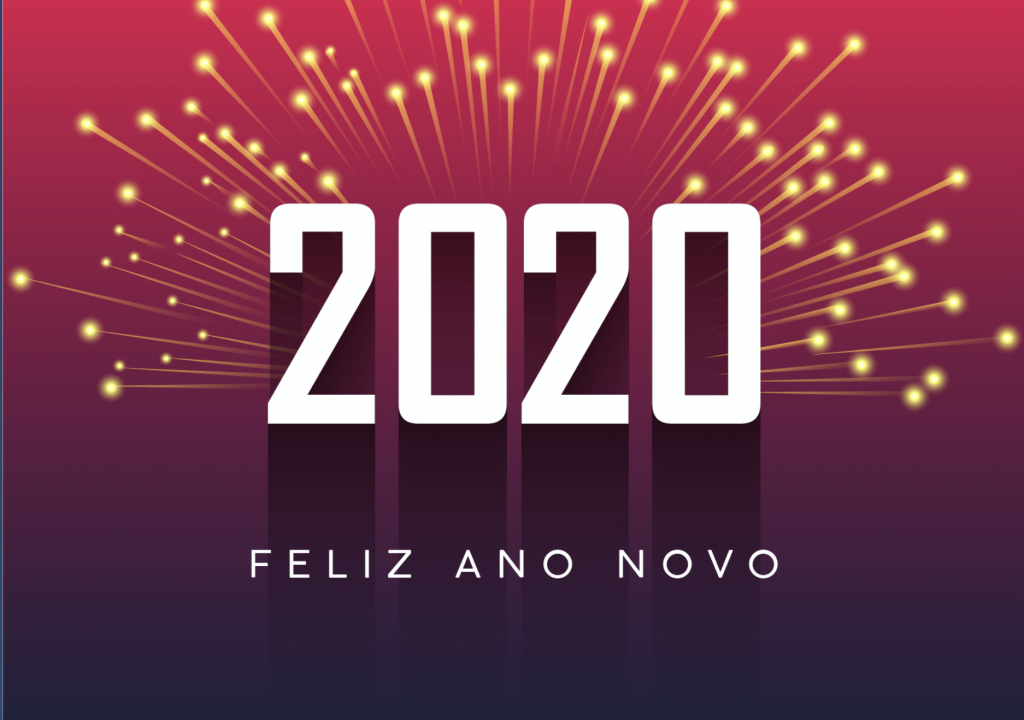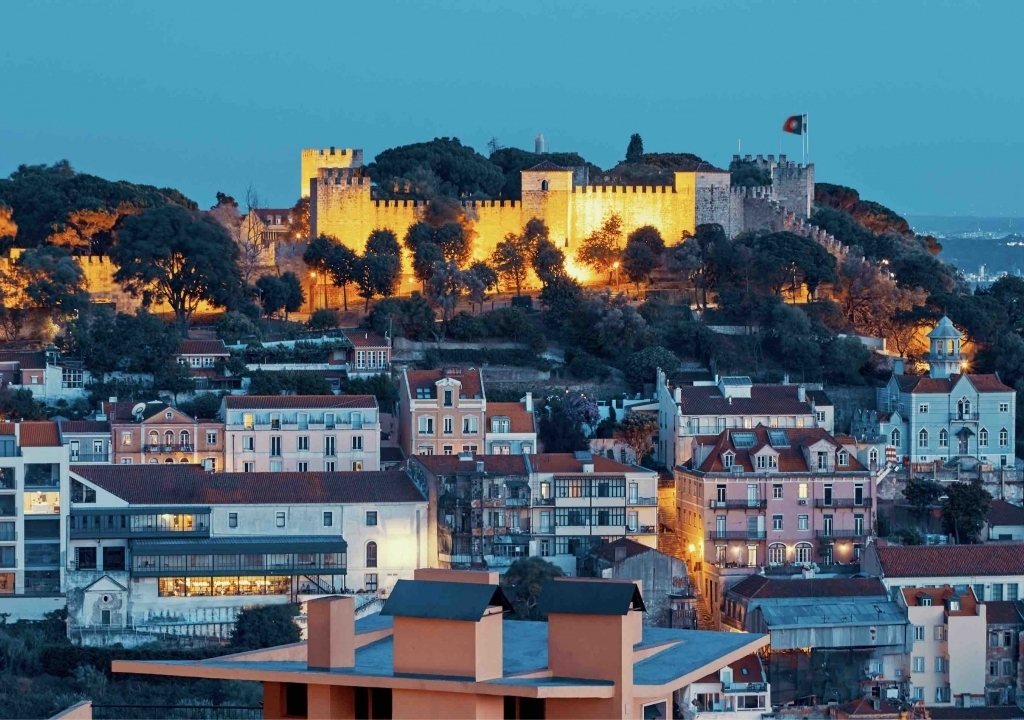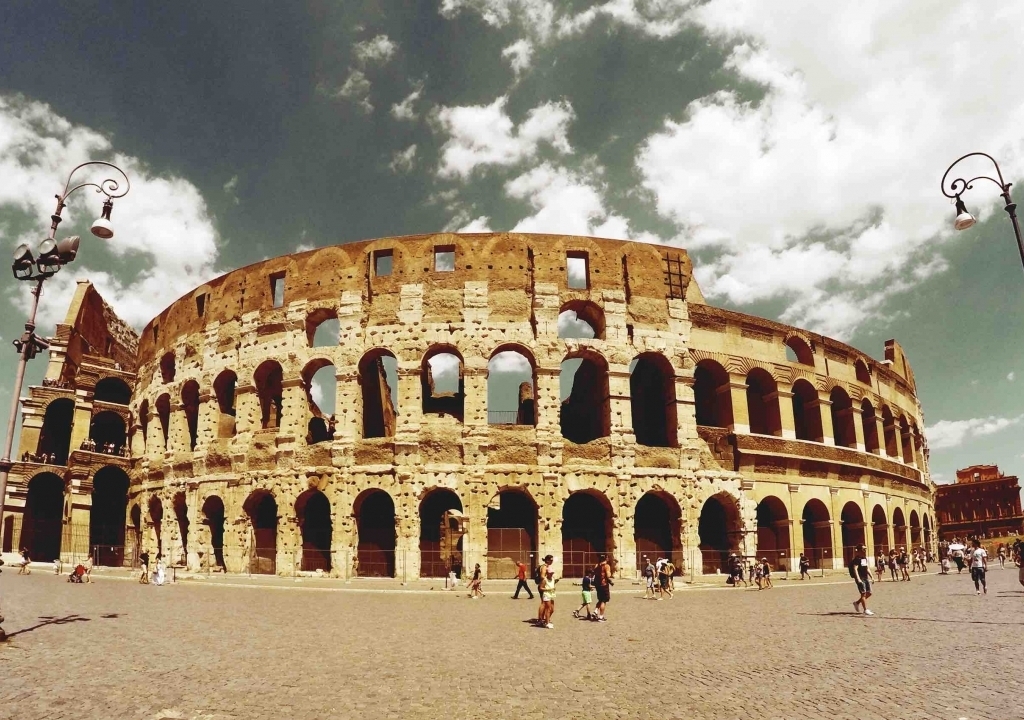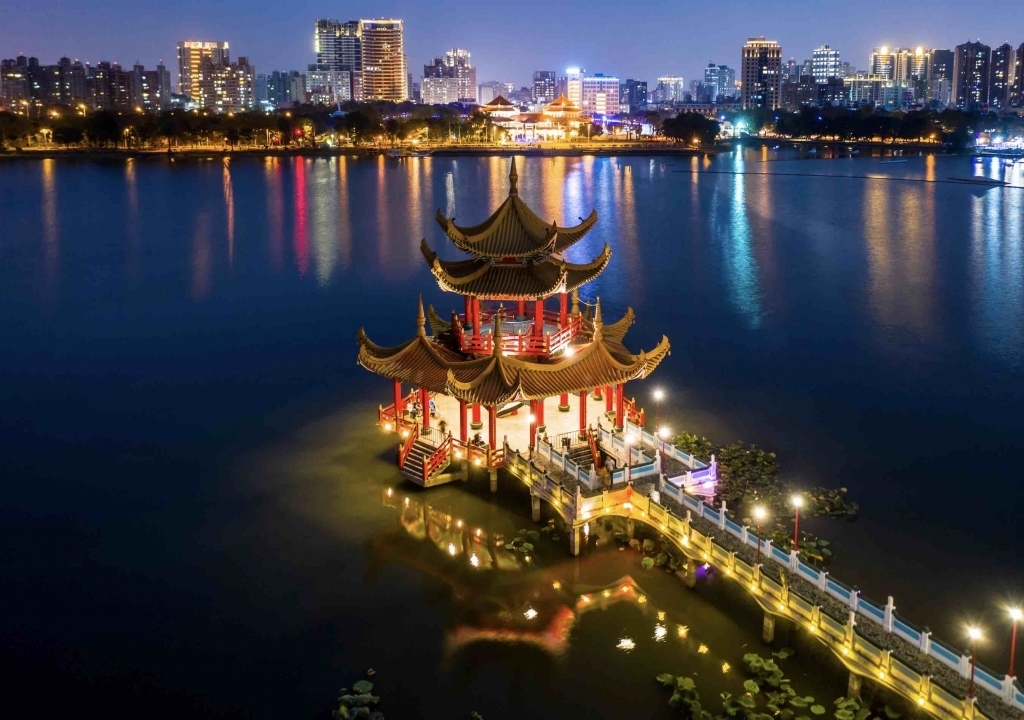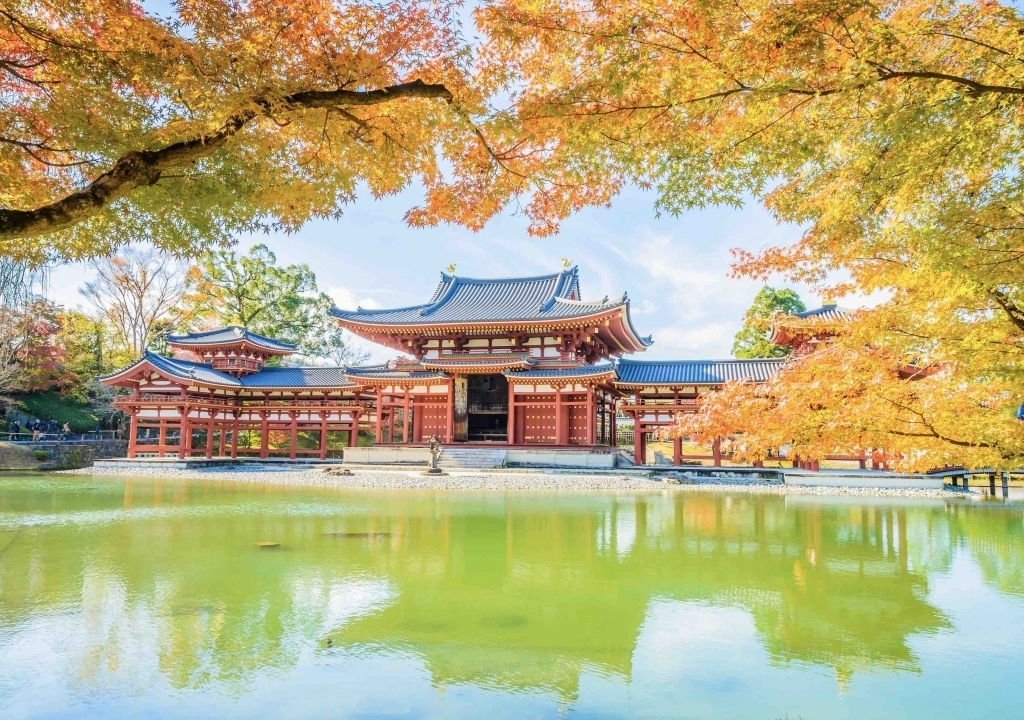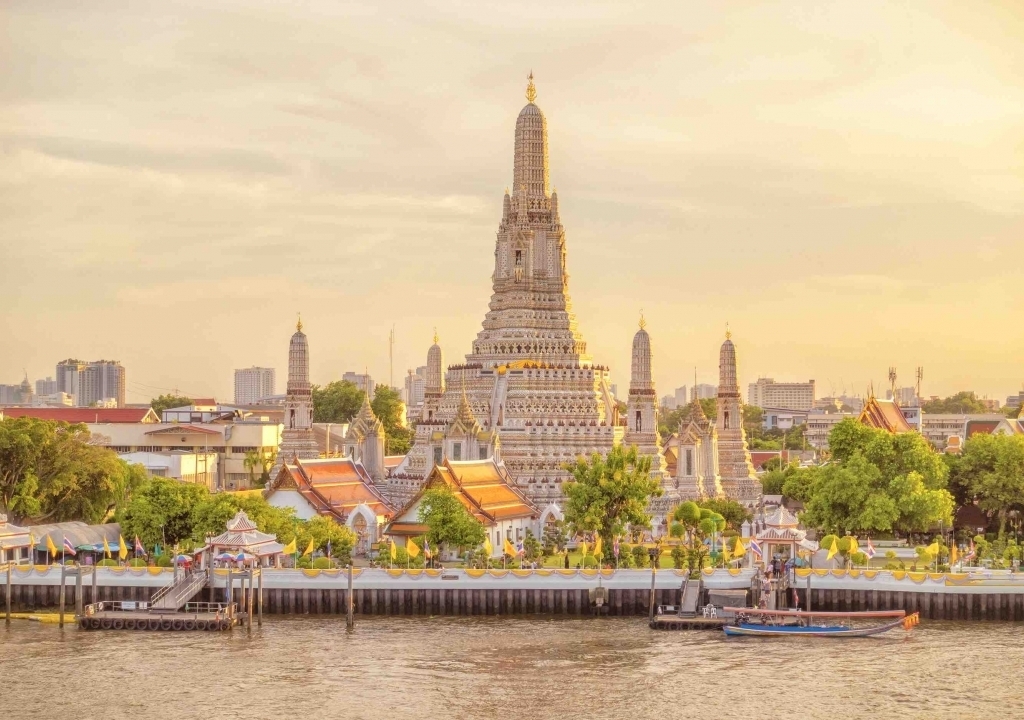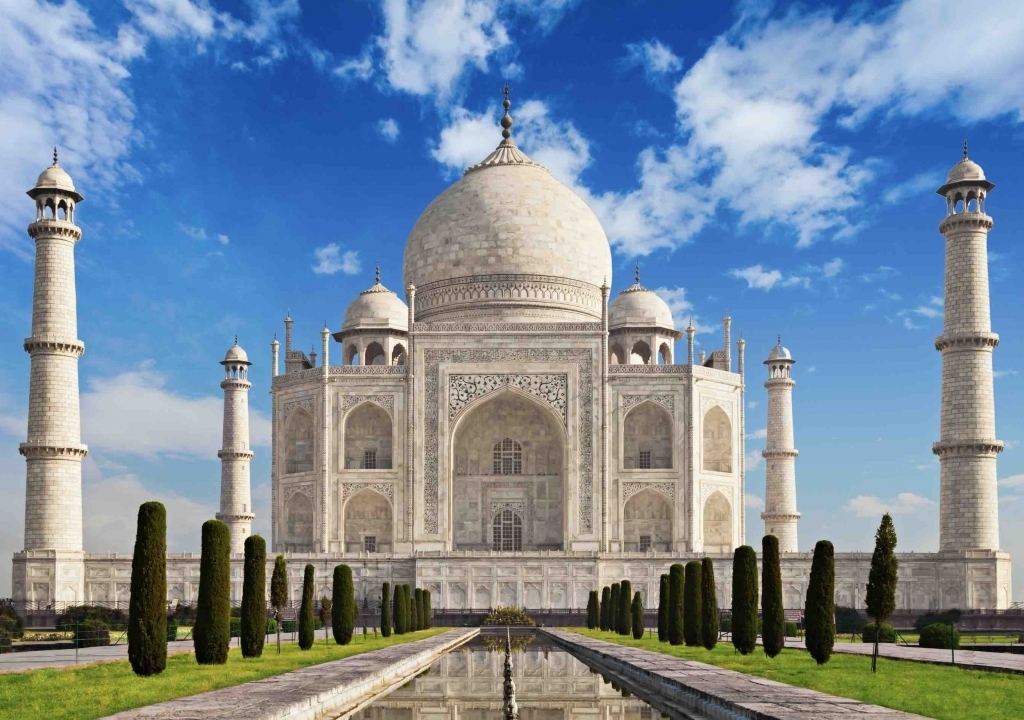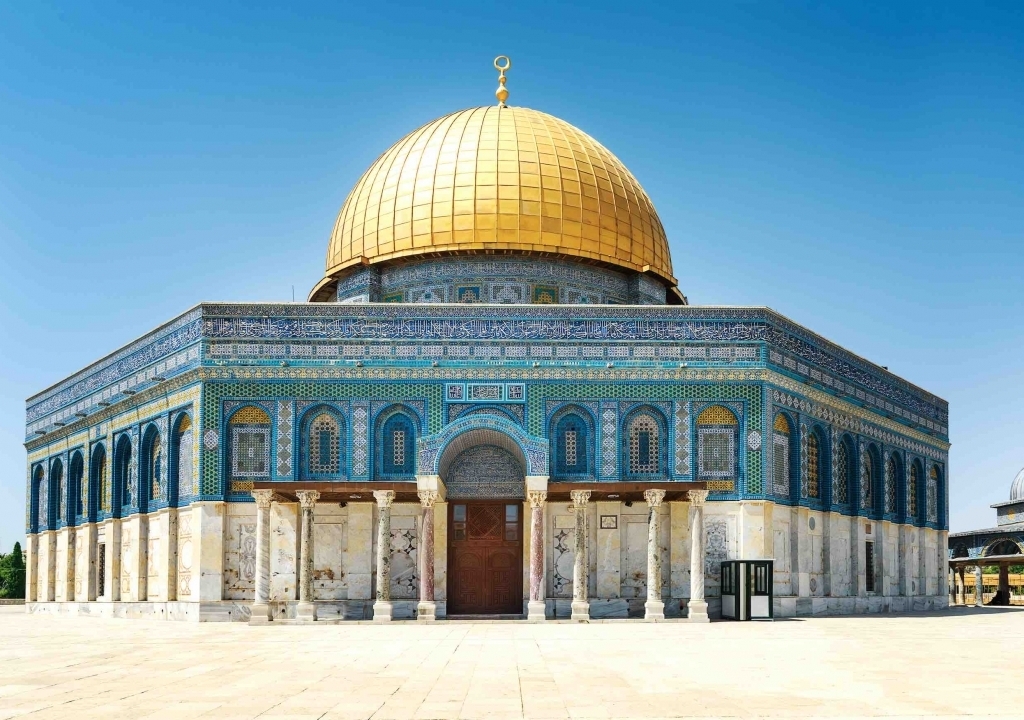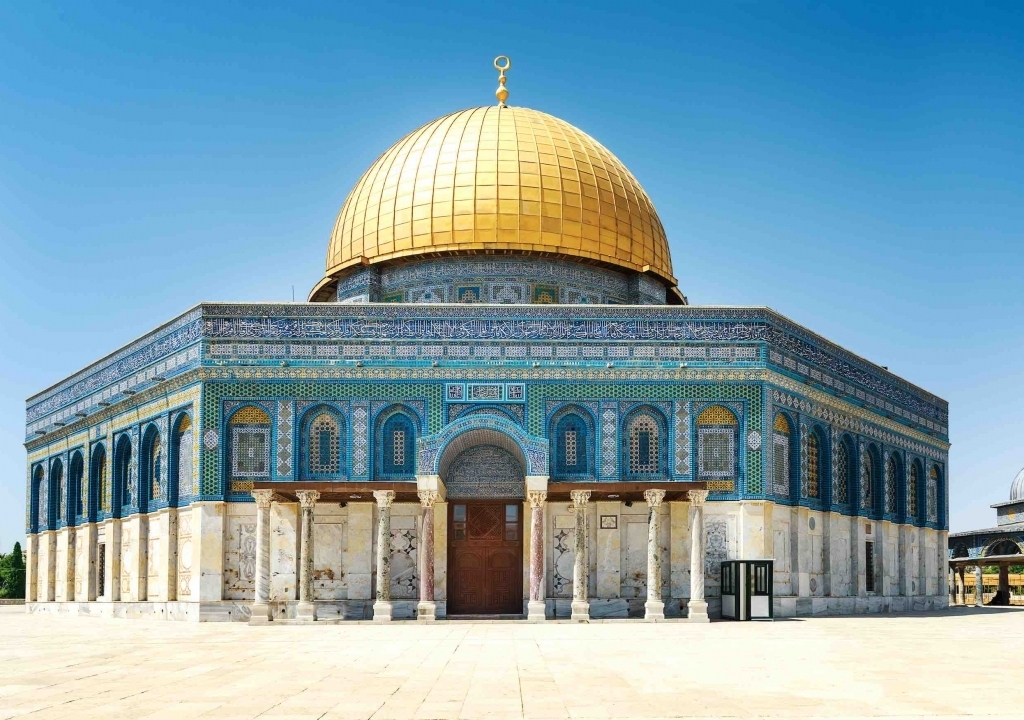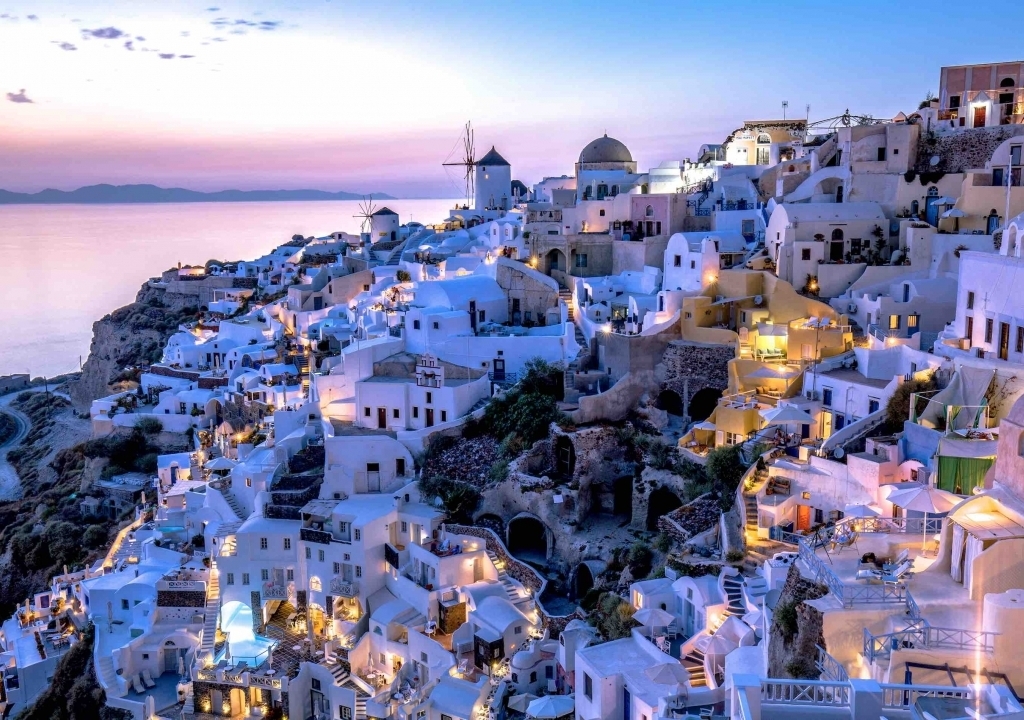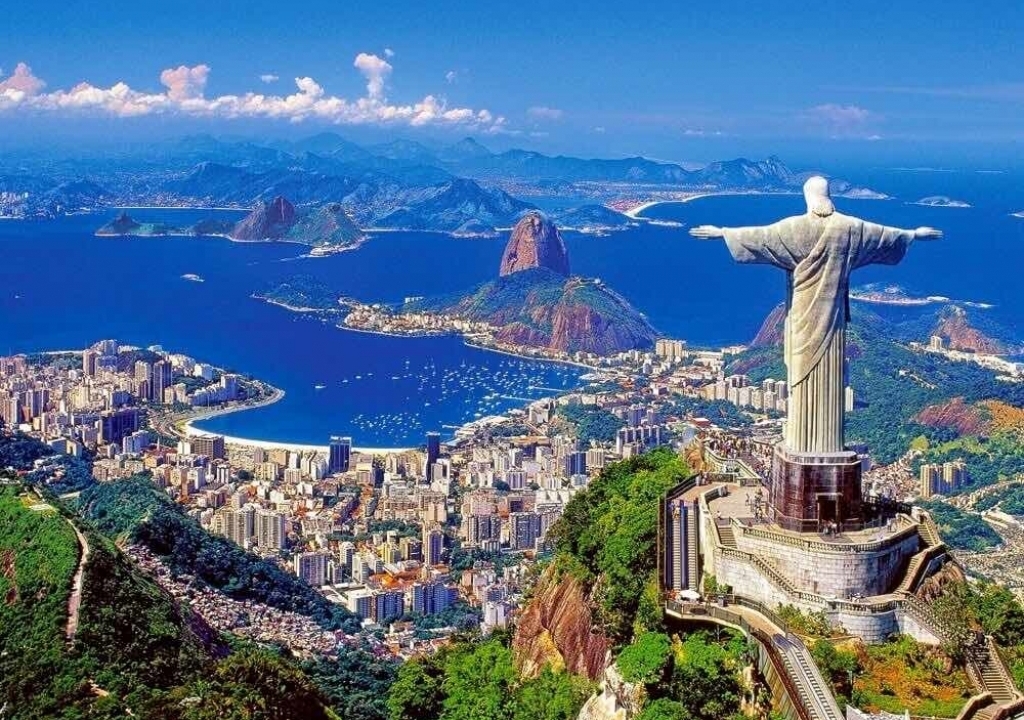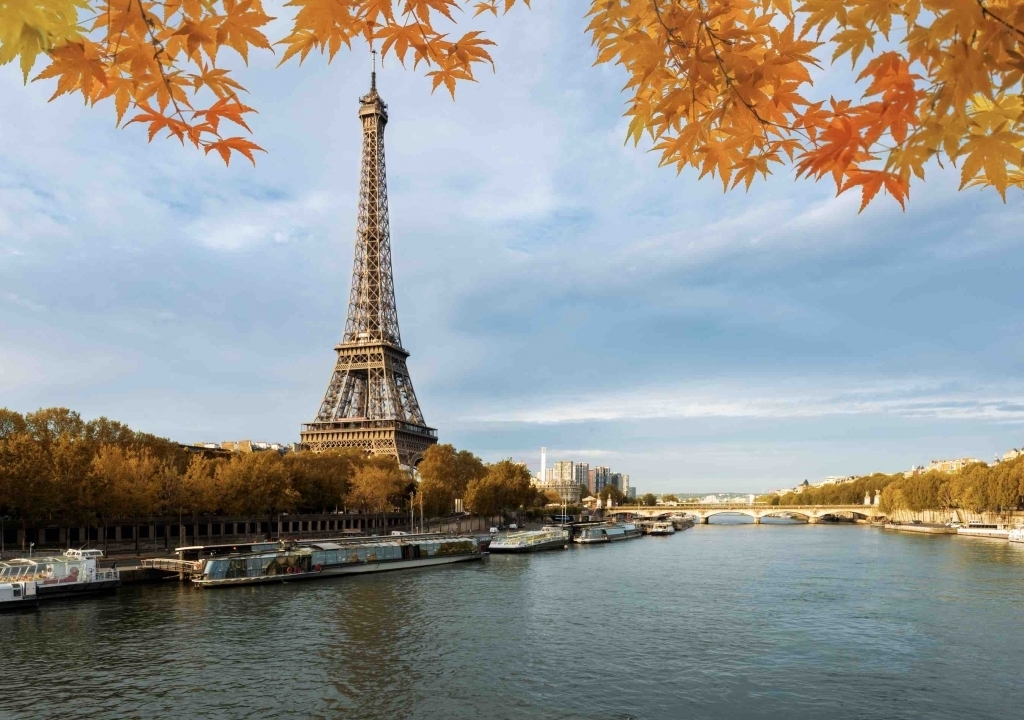New Year Traditions
New Year's Eve always brings with it the idea of continuity and, at the same time, renewal. We celebrate the fact that we have seen another cycle pass, and we fill our hearts with hope for the 365 or 366 new days ahead.
Each country has its own history, its important events and its celebrations.
Here we present how various countries live their traditions in commemoration of the New Year, where each has its own distinctive and interesting peculiarities.

Portugal
In Portugal the most common tradition is to celebrate the 12 chimes and eat 12 raisins while asking 12 wishes for the next 12 months.
As a rule, the evening begins with a dinner with friends and family, with typical and sweet foods of the season, going on until midnight.
Other traditions that the Portuguese have at New Year's Eve are wearing a blue underwear to bring good luck; make noise with pot lids to ward off the evil eye; jump or enter a place with your right foot and toast with sparkling wine.

Italy
Italians have a tradition of writing their wishes on paper and throwing them into the fireplace on New Year's Eve, waiting for them to come true. To symbolize renewal and the beginning of a new year, they also have the tradition of throwing away clothes, pieces and objects that they no longer need or have in use. It is believed that the more old things are thrown away, the happier it will be next year.
Regarding the color of lingerie, the tradition in Italy is to use red.
Italy celebrates the arrival of the New Year at dawn on January 1. People go to the streets, traffic is interrupted and in the squares there are performances with fireworks as a background.
In Rome there is a tradition of jumping from the bridge on the Tiber to happiness. And in Venice there is a habit of people kissing, San Marco Square, to the rhythm of bells and the noise of fireworks, is filled with hundreds of couples kissing.

Ireland
The tradition in Ireland is for single girls to sleep holly under the pillow, hoping to find new love next year. Another of the most celebrated traditions is diving in the icy waters of the Atlantic on the morning of January 1st. A ritual performed only by the bravest.

China
China hosts the New Year in February.
Its arrival is determined by the phases of the moon and each year is dedicated to one of the 12 animals.
There is an abundance of red in both clothing and decoration of houses and streets, and it is usually a very noisy period. There is the custom of setting off fireworks and rockets. The Chinese believe that making noise helps to ward off evil spirits and attracts good luck.
In China, people also have the custom of offering food to the gods.

Japan
In Japan, the New Year is celebrated according to the Gregorian calendar, the same as used around the world. The festive period begins on December 25 and lasts almost a month. The Japanese decorate the houses with compositions of bamboo, plum and fir branches, symbolizing abundance, prosperity and love.
On New Year's Eve, the Japanese visit the temples, asking the gods not to lack happiness and health, and give each other white and pink rice balls, as these two colors bring good luck.
In Japan, there is also a housekeeping ceremony.

Thailand
Thailand celebrates the New Year on April 13th and this marks the change of season according to the ancient Indian astrological calendar.
Thais offer festive dishes for Buddhist monks. Buddha statues are washed with water containing rose and jasmine petals. They cover people with white clay and talcum powder, which symbolizes purification, renewal, and a way to get rid of the negative energies accumulated over the coming year.

India
In India, the New Year is celebrated more often than in any other country in the world. The traditional celebration of the country, known as the "Goody Padva", is celebrated in March. In many states, the New Year takes place according to the traditional calendars of the people who live there.
One of the most lively parties is the Bengali New Year, called Holi. Known as the festival of colors, held in early spring. On the first night, an effigy of the goddess Holika is burned, the cattle goes through the fire and walks over the embers.
Then the fun celebrations begin, with the locals spilling paint on each other and colorful water.
On September 11, when the rainy season ends, the New Year, called Enkutatash, is celebrated in Ethiopia. The Ethiopians make tall fires of eucalyptus and fir trees. In the main square of Addis Ababa, the capital of the country, the inhabitants gather to observe which way the top of the main fire will fall. The side where the embers fall indicates the region of the country where the most abundant harvest will occur.
During the celebration, the inhabitants, dressed in traditional clothes, go to church and visit friends.
Children in colorful costumes give wreaths, visit neighbors, and, for a cash reward, girls sing to boys and draw pictures.

Israel
In Israel, the Jewish New Year arrives in September or October. During the festive season, apples with honey are usually eaten so that next year is sweet.
During the liturgy they blow a horn: the shofar, which symbolizes the call to divine judgment and repentance.

Greece
January 1 in Greece is the day Saint Basil, the patron of the poor, is honored. The main course for the festive table is vasilopita, a sweet bread decorated with pasta, berries and nuts. It introduces a coin: whoever touches the piece will be happiest in the new year.
Greek children await New Year's gifts, which are from St. Basil's and not from Santa Claus. The little ones leave their shoes by the fireplace all night to find pleasant surprises in the morning.

Brazil
In Brazil, as the country is rich in legends, beliefs and superstitions, the New Year is an especially favorable date for these beliefs. In addition to the white clothing generally used to attract good vibes, there are other beliefs that even the most skeptical do not care to follow, either by superstition or by simple tradition.
A good example is the custom of including a plate of lentils in supper to attract luck. After midnight, it is also very common to see white-clad crowds on the beaches to jump the first 7 waves of the year and make a mental request to jump each one.
Another holiday tradition is the fireworks display. Thousands of people from all corners of the globe vie for space to see the great spectacle of colors, shapes and lights.

France
In France people drink champagne. The French New Year is characterized by parties between friends, music and champagne.
People don't wear white clothes for New Year's Eve, they wear a red underwear for luck in love in the New Year.
There are also many French people with a mistletoe branch because anyone under a mistletoe branch can be kissed by those passing by. Just ask for a kiss. They say it's very lucky.

United States
In the United States, people face the harsh winter cold and head to Time Square in New York to keep up with the countdown.
The predominant dish in American households is pork. According to local culture, the pig represents prosperity by being an animal that moves its muzzle forward.
Another common tradition in the American New Year and well-known in northern countries is the "midnight kiss." This tradition goes back to the Roman festivals of Sartunalia where, in the end, everyone kissed on the mouth as a form of celebration.

Philippines
One of the most curious rituals is that of the Philippines, where they have the habit of wearing a garment with balls. Filipinos believe that by their shape resembling the shape of coins, they will have a more prosperous and financially richer year. The piece must also have pockets to store some coins.
Sources: itedecuriosidades.com
incrivel.club
lifestyle.sapo.pt
30 from December from 2019
Catarina MirandaAdministrative assistant
Know the traditions of each country in the New Year!
* Call to national mobile network.






